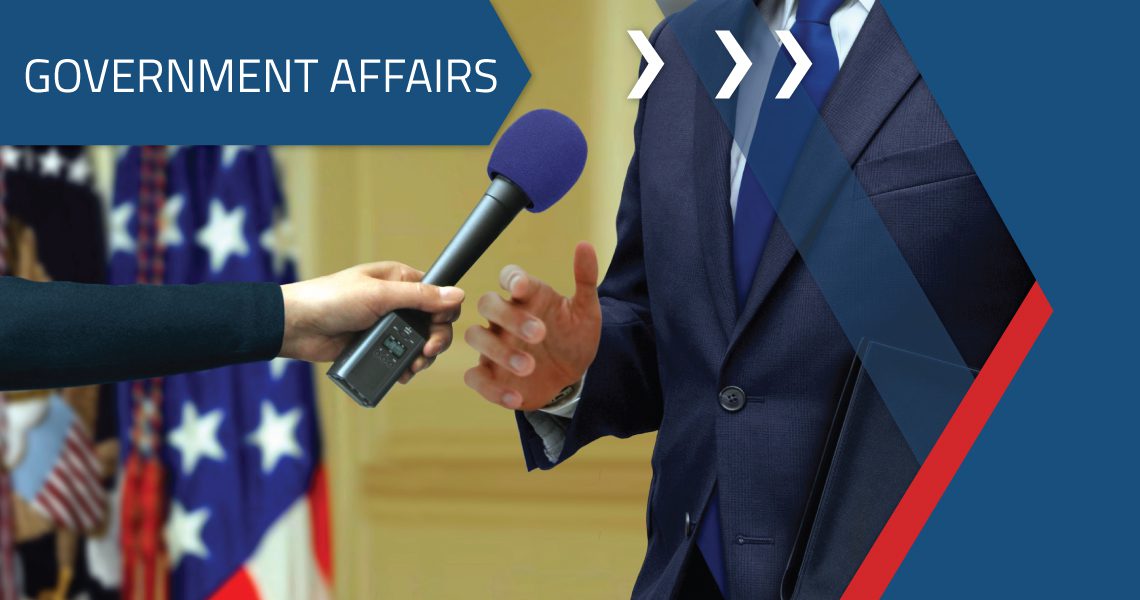Earlier this week, the Office of the Citizenship and Immigration Services Ombudsman (Ombudsman) submitted its 2018 Annual Report to Congress. The Ombudsman’s role is to assist individuals and employers with problems with USCIS and make recommendations to improve the delivery of immigration services. The Ombudsman is an independent Department of Homeland Security component.
The Report highlights some of the ongoing concerns surrounding the EB-5 Regional Center Program including fraud, TEA abuse, and compliance measures while also highlighting the IPO efforts that have been undertaken to improve EB-5 Program integrity. This year’s report did not make any mention of the growing EB-5 petition backlog for Mainland-China, but did allude to an expected cut-off date for several EB-5 investor markets in 2019 including India, Vietnam and Brazil.
The report also highlighted the industry response to the NPRM and the public comments that the agency received stating:
Comments were mixed concerning proposed increases in the threshold qualifying capital contribution from $500,000 to $1.3 million for investments made into a business/job-creating enterprise located in a TEA, and from $1,000,000 to $1,800,000 for business/job-creating enterprises located elsewhere. While there was general agreement that it was appropriate to update the qualifying capital contribution levels to account for inflation and other factors, acceptance of the proposal to increase
the thresholds appear to hinge on USCIS’ agreement to grandfather in all I-526 petitions that were filed based on the rules that were in effect at the time the investor made his or her capital contribution. Commenters expressed differing opinions on how high to raise the minimum qualifying funding figure, with some suggesting that if set too high, it could potentially discourage foreign investors from participating in the EB-5 program and draw them to competing immigration investment programs offered by other countries. Some suggested that the proposed increase in the investment threshold be phased in over a period of years. Other comments focused on whether the differential between the qualifying contribution levels between those in, and those located outside a TEA, are correct, with some suggesting the differential should be greater if the agency wants to encourage more EB-5 money to flow to more rural and economically distressed areas.
Read the Full Report (EB-5 Section Begins on Page 48)








